We last spoke with artist Sergey Poltavskiy at the beginning of 2018 – now it’s time to catch up with him again, to hear about how he worked with David Westphal (photographer), Marc Rochon (CGI/Retouching artist), and Gary Book (retouching artist) on the Ford 2018 Expedition reveal!
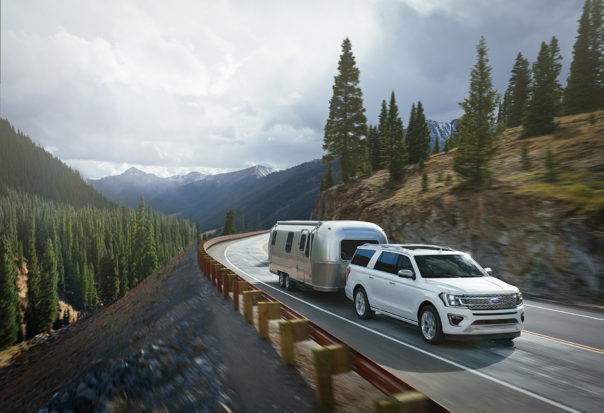
Tell us about this project – what was the brief?
For this project the brief was quite simple – we were provided beautiful Photography by David Westphal, and our task was to create photorealistic images.
At the time of this project, Indigo Studio had 120+ render nodes setup for rendering with V-Ray, but Marc and I had a different vision – we wanted to put Corona Renderer to the task! We’d used it on a few small projects here and there and were simply blown away by its RT capabilities, which for us is the best thing ever.
Focusing on traditional lighting, we did not use any HDRI plugins but preferred to do real time lighting with physical lights, and this is where Corona Renderer along with its interactive rendering won us over.
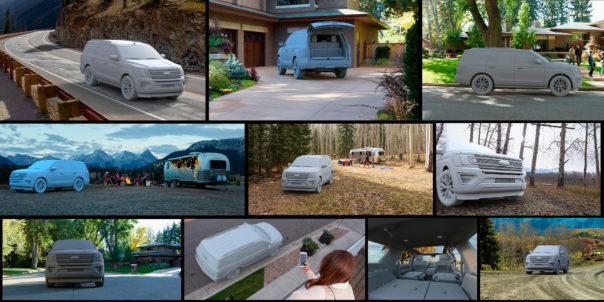
Westphal’s photographs
What was the team that worked on the images?
There were a total of 3 artists working on this project (including me). Marc Rochon, who was the founder and previous owner of Indigo Studios, was the CGI/Retouching artist. Gary Book was the retouching artist. And I was the CGI artist.
How did you get to be involved in the project?
With me being a huge automotive nut and focusing all my personal time on automotive techniques, I was always given first dibs on all automotive work that came through Indigo. Marc and I also were both very involved with the clients at GTB so they usually wanted us both on the projects they awarded Indigo.
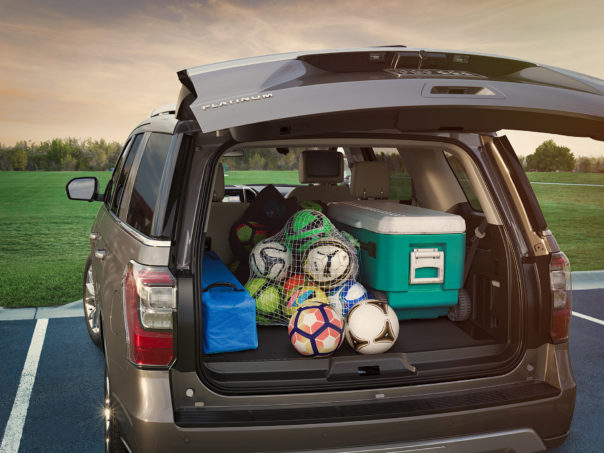
Was the 3D model delivered to you by Ford themselves? How easy was it to work with the model?
The Model was provided by the Agency, and it came with basic shaders and was very well organized. Being CAD data and with the assets being to scale, it certainly helped make the materials and lighting work properly. Nothing beats the real world scale and physical accuracy that Corona Renderer offers!
What was the process for texturing the model?
As with any job, there are always surprises and miscellaneous challenges. For this job specifically, it was the data quality for the interior. At the time this was the brand-new version of the Expedition and the project was for the launch, so the CAD we received was not the final version. This meant that the interior seats were raw CAD and not remodeled.
Due to the time crunch there was no time to remodel the interior seats ourselves, so we had to fake leather bumps by using Corona displacement. Prepping the CAD was pretty wonderful, I like to keep most materials I create simple, nothing too complex because I have learned that sometimes overthinking things creates more issues than it solves!

For anything that required maps, I used the Corona Triplanar shader, which worked amazingly. While some studios render the car paint in a broken-up blend and then color correct in post, Marc and I are huge fans of realism – so, we rendered every carpaint per shot to make sure we could get its physical properties/attributes as accurate as possible.
How did you create lighting that matched the backplates?
David and his team did shoot HDRIs on location as well, which certainly helped us have a wonderful starting point. Just like when being on location in real life, sometimes natural light just doesn’t do the trick on its own. I used Corona Disc lights to recreate the feel of a strobe. For some shots, I created Corona plane lights with a softbox map, just as I would use a softbox in real life.
There are a lot of nice blooms and glows in the images – how were those created?
This was actually the other very important part of why we chose to use Corona. The Lens flares that Corona Renderer offered could not be beat by any other engine, so all the flares/blings you see on the car are actual flares that Corona generated. Keep it real!
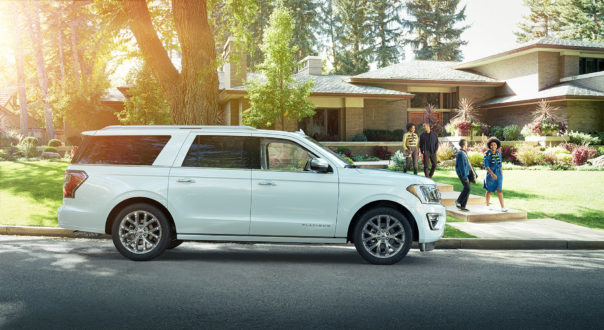
Were the photos taken specifically to add the Expedition into?
Yes, the photography that was provided by GTB for this project was shot exclusively for the reveal of the Expedition. David and his team along with the GTB Art/Creative directors traveled for a few weeks to gather all the fantastic shots we were provided with.
Did you have to set up the renders in any particular way, ready for Indigo to do the retouching?
My workflow for my shots is quite simple. I like to render all my shots directly into the backplate. The goal is always to make it look as real as possible without the need for much post. So if my render does not look good and does not feel like it’s in the backplate, I would never send it to the retoucher.
Along with the hero RGB pass I also made sure the provide the flares/glare pass, Alphas for all the materials, and a beauty pass along with a normal pass. Again very simple. My workflow is always to try and mimic real life photography – just like I would shoot a car on location and then mask out parts for retouching, I do the same in CGI.
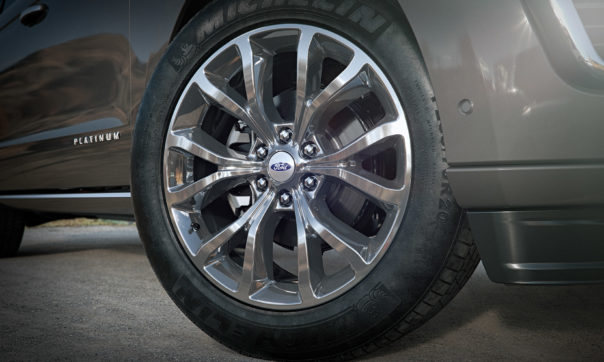
How much involvement did the team have in picking what shots to create?
Due to this project being for a client there was a lot of thought that went into every shot by the Art/Creative directors. They provided us rough marks where they would like to see the vehicles. We would do several grey renders for approval and once the client approves what they like we would then proceed to color.
What was the hardest part of this project?
So, because this project was done several years ago, our biggest struggle was something we did not expect to have. The CAD data was very very dense and the backplates were shot on Medium Format. Every image was about 12k+ pixels wide and this combination meant it was a big strain on RAM.
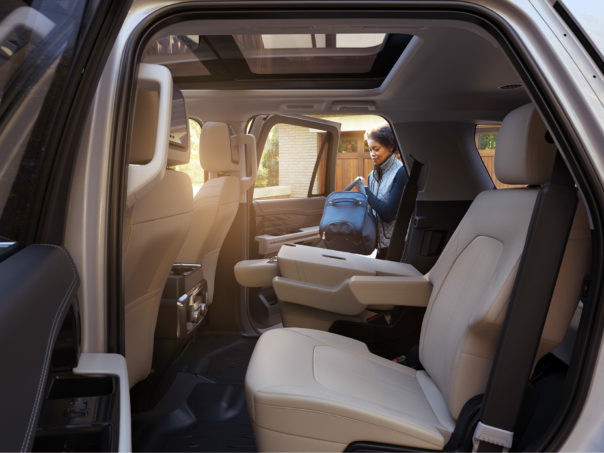
While Indigo Studio had 120 render nodes, they all had roughly 16/32gb of RAM. With the resolution of the renders and backplates combined with the super heavy geometry, Corona did not like this. So we had only 2 computers with 64gb of ram that could keep up with all the rendering. For the most part this was not an issue, and the only time we felt the burn was when we had revisions requested with a tight deadline. That part was not fun!
(Editor’s note: the upcoming Corona Renderer 5 version has put a lot of focus on reducing memory requirements, something Sergey will be glad to hear!)
What was your favorite part of working on these images?
My favorite part had to be when things started to come together and look fantastic. The flares, the reflections, the way the light reacts to materials in Corona Renderer, it’s just a blast to work with and very easy.
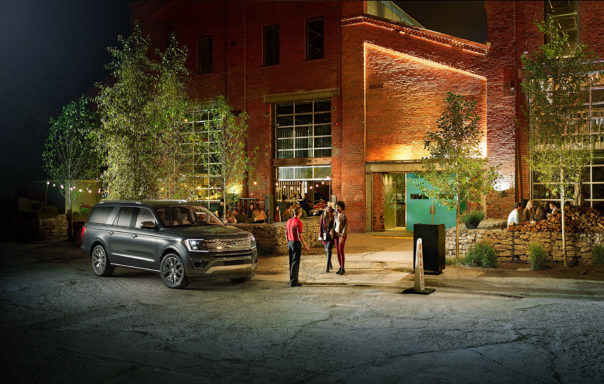
Did you render car and backplate from Corona, or render just the car and shadows, for compositing externally?
Every image was rendered using the Corona ShadowCatcher for the ground, but the mode was set to transparent. Since I like to bake my image into the backplate for the hero pass, I do not render my images on black. So in the end it was the background with the car fused into it. Now, the car had an alpha to allow separation for post, but the initial render had the backplate inside of it.
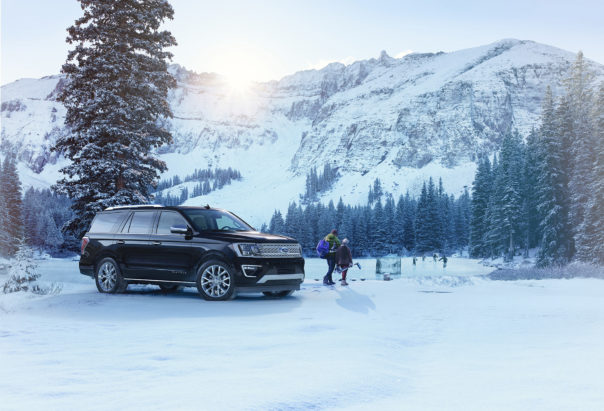
The other way I used the ShadowCatcher was actually for good reflections of the environment. There are some shots were the HDRI’s simply were not giving me the look I needed in terms of the environment reflections on the car, so I created rough geometry to recreate the scene around the car and then used the Corona Shadowcatcher to project reflections on the objects.
What are your thoughts about the new caustics, are they something you are thinking on using in future projects, either personal or commercial?
I like to keep things real, so I love that Corona now offers caustics and certainly plan on using them where they would naturally occur. I have no reason not to – whatever makes the images look more real, I will use 😊
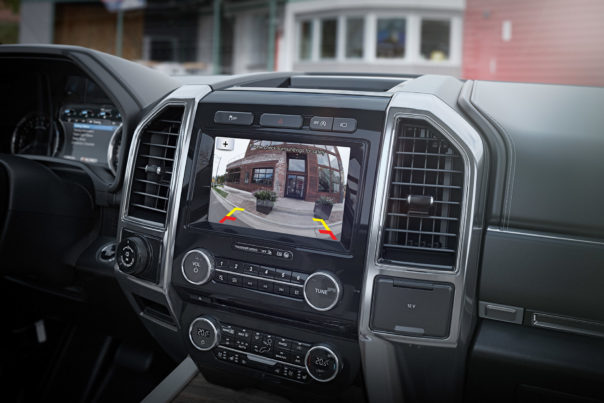
Links
GTB – Advertising Agency: https://www.gtb.com/DET
David Westphal – Photographer: https://www.westphalphotography.com/
Indigo Studios (Studio I worked at that was awarded the job): https://indigostudios.com/
Sergey Poltavskiy (ME!) – Lead CGI Artist on the project: https://www.poltavskiy.com